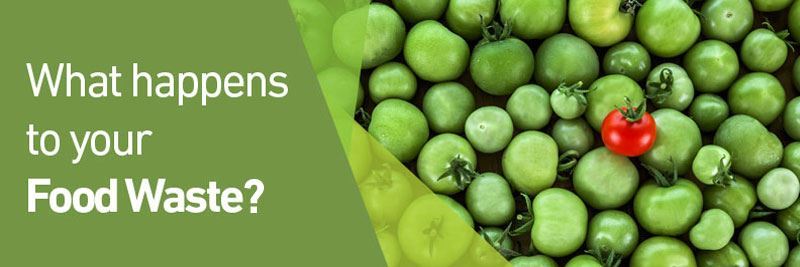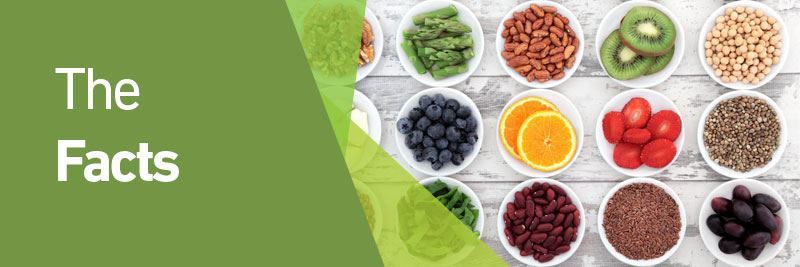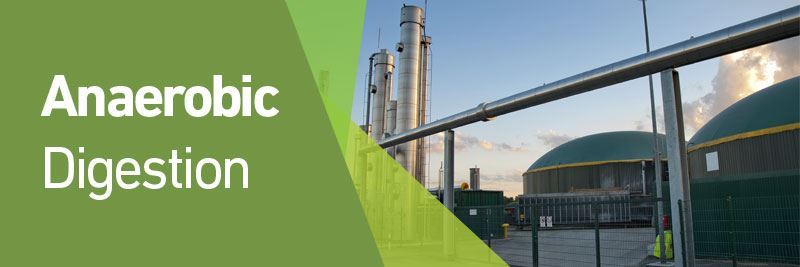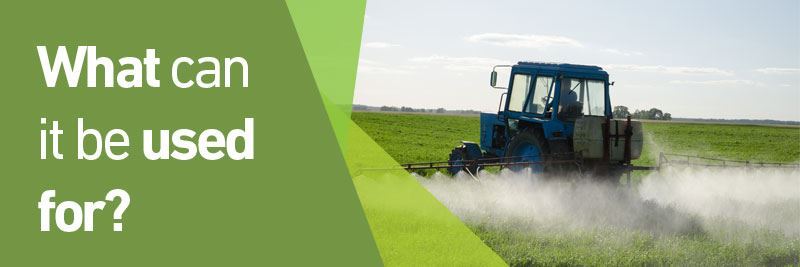Recycling food waste is something that has been around for a while, although only recently started getting talked about, made use of and pushed a lot more. The life cycle of food waste that you put in a general waste bin is very short lived. Essentially, it goes straight to landfill and slowly rots. That’s why we’re going to look at what happens to your food waste, when you recycle it – a story that’s worthy of telling.
The Facts
Over 15 million tonnes of food waste dumped every year in the UK and closer to 90 million tonnes throughout the EU.
From a global standpoint, consumers in industrialised nations waste up to 222 million tonnes of food waste a year – this equates to nearly the entire level of net food production of Sub-Saharan Africa.
The carbon footprint of worldwide food waste is equivalent to twice the global greenhouse gas emissions of all road transportation in the US
If we in the UK all stop wasting food that could have been eaten, the benefit to the planet would be the equivalent of taking 1 in 4 cars off the road.
The foods we waste the most are fresh vegetables and salad, drink, fresh fruit, and bakery items such as bread and cakes.
Between 2007 and 2012 avoidable food waste has reduced by 21%, over 1 million tonnes. This amount of food would fill 23 million wheelie bins
Anaerobic Digestion
Anaerobic Digestion is the process of biologically breaking down organic material to produce large amounts of biogas. In other words, turning your waste into energy. Read our Anaerobic Digestion – A Step Towards A Sustainable Future article, to discover the 8 simple steps taken to turn consumable food in to energy.
1. Food waste pre-treatment
All food waste collected is emptied into hoppers before going through a depack process, which separates the packaging from the organic waste. Once plastics and packaging are removed, they’re cleaned and sent away to refuse-derived fuels. Liquid is added to the organic waste so that it can be easily pumped.
2. Heating
All the food waste, with added liquid, is then passed through a heat exchanger and heated to around 70°C using entirely recycled heat.
3. Pasteurisation
The waste is then held at 70°C for one hour, to comply with ABP regulations.
4. Cooling
After an hour, it is cooled by passing it over the incoming material. This takes it back to approximately 40°C.
5. Mixing
The waste is then moved to a mixing tank, holding 3 days of material and ensuring that a uniform product is transferred to the digesters.
6. Digestors
Digestor tanks are fed in turn, each one holding around 3,500 tonnes of material. The material will stay in these tanks for 30 to 35 days and, in an absence of oxygen, bacteria works it’s way around and breaks down the food waste, producing methane gas.
7. Gas collection
Gas is then collected from the top of the digestors and passed through a biological scrubber, where the bacteria filters it to remove hydrogen sulphide which damages the engines
8. Screening, storage & dispatch
Gas is then stored in storage tanks until it is required. It is then pre-conditioned to remove water, cooled and pressurised before being fed to engines which produce enough electricity from one plant to power around 5,000 homes an hour. This power is all fed back into the national grid.
What can it be used for?
The biogas generated from AD is incredibly useful, in an age where renewable energy is pushed by governments and needed to look after the planet, and there are many uses for it.
Renewable energy
Fertiliser
Generating power and heat
Pumping directly into a gas network
So, to the answer the question of what happens to your food waste – your gone off tomatoes or stale bread could currently be powering the monitor you’re reading this on, heating a factory that produces the sugar for your next meal, or fertilising the crops that you might be eating in your favourite restaurant a month from now!
Get your food waste taken care of with Direct365!
Related content
- Commercial Waste Collections & Waste Disposal
- Food Recycling and Waste Management
- Bins & Waste Management
- A Guide to Reducing your Heavy Bins
Sources
- http://england.lovefoodhatewaste.com/node/2472
- http://www.castlepoint.gov.uk/main.cfm?type=trwgfd
- http://www.recyclenow.com/facts-figures/how-it-recycled/food-waste
- Refood.co.uk




